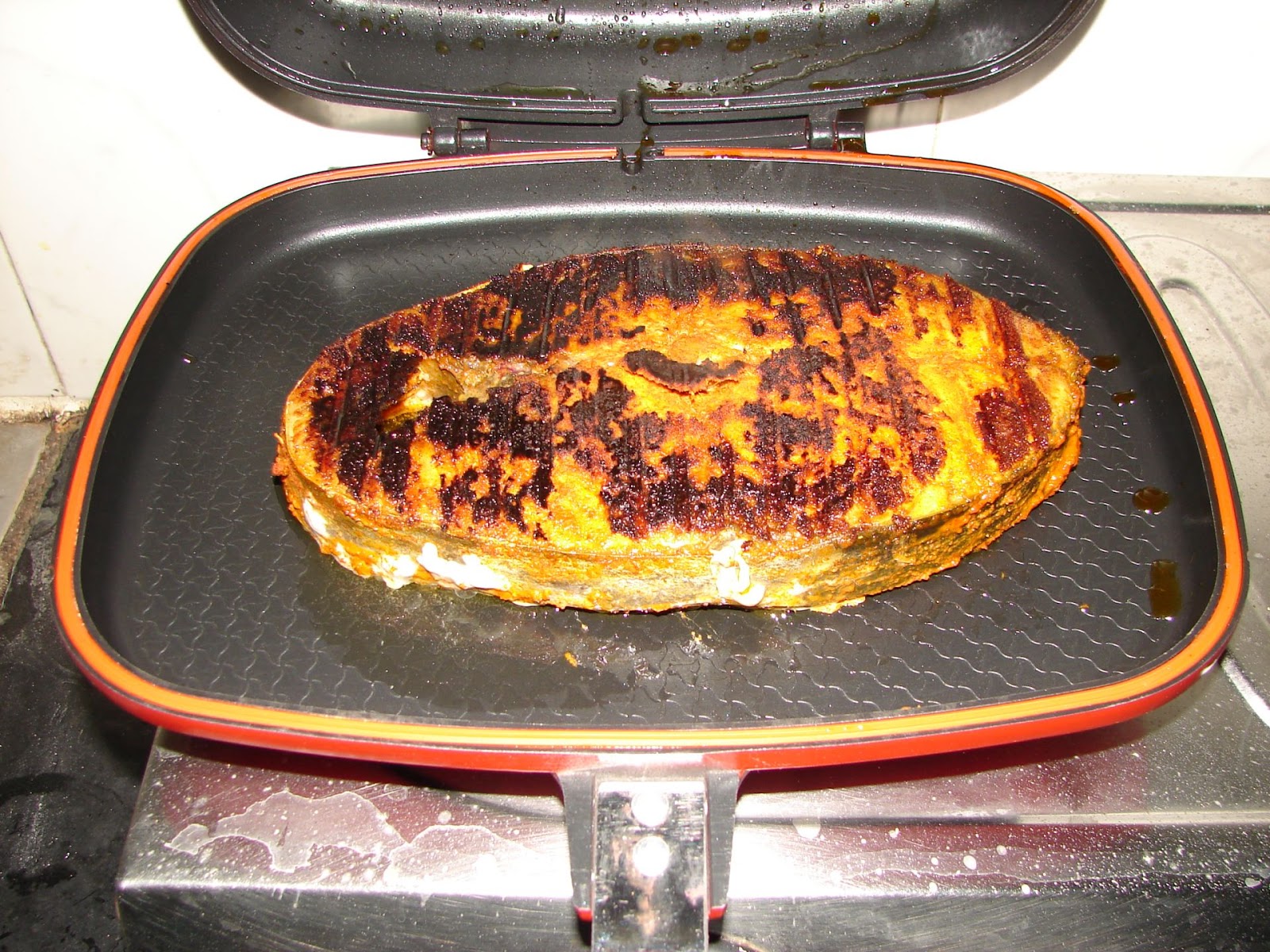Deepavali, the festival of lights is also the festival of sweets
and crackers. Two sweets are the most important Deepavali - traditional sweets for us in
Telangana, Garijalu and Pheni (Pheni now and earlier Sevalu). Other sweets
however delicious and attractive come next.
Deepavali festival starts for us early in the morning by bursting a few
crackers. Then before breakfast, it is time for Harathulu – that is receiving
blessings. You may click on Harathulu to know
about this tradition. Then it is breakfast time and it starts by having
Garijalu and some Namkeen prepared at home followed by regular breakfast
dishes.
You can see Garijalu in the topmost picture, to the left, the ones in a semicircular shape. They are fried sweet dumplings made of Maida - refined wheat
flour and stuffed with a mixture of Khoya, sugar, dry fruits, cardamom and
grated dry coconut. Obviously, they are very delicious.
The other sweet; Pheni is a bought out item. The tradition of
having Pheni on Deepavali day is very popular among locals. It is so popular
that it is sold by every Sweet Shop in Hyderabad and Secunderabad in very large
quantities. This is also made with refined wheat flour and ghee. It is thread-like crisp noodles spun together into round shaped layers few millimetres thick
and pre-fried. You can see these in the above three pictures. We sprinkle powdered sugar on Pheni, pour warm milk over it to
soak it for a few seconds and it is ready to eat. It tastes heavenly, cool, soft, a little crunchy and sweet.





















































